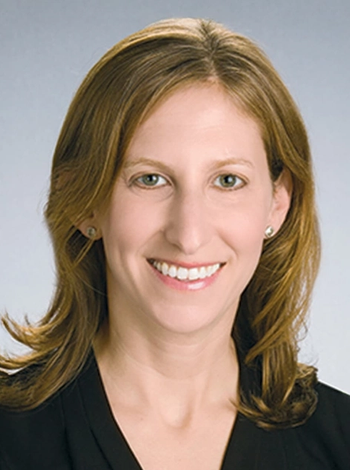
Use proper coding to get what you're owed
A physician’s goal is to care for patients, but a key part of being able to provide that care is the eternal quest for payment. One way to ensure that a practice maximizes its coding regimen is to make sure each session can be efficiently billed.
A physician’s goal is to care for patients, but a key part of being able to provide that care is the eternal quest for payment. One way to ensure that a practice maximizes its coding regimen is to make sure each session can be efficiently billed. Adhering to the following expert coding tips can help practices supercharge their revenue.
Don’t tinker around the margins
Bill Dacey, M.H.A./MBA, president and CEO of The Dacey Group in Palm Harbor, Florida, says that when some people consider supercharging their coding practices, they think of including smaller things for which they are not already billing. He warns that this approach may not be as effective as expected.
“My approach to this has always been to stop working the corners and the little $3 codes and counting all that little stuff,” he says. “Why don’t you just make sure you’re doing the stuff that you do 99% of the time? That will probably get your revenue where it’s supposed to be.”
Dacey says mastering the new outpatient coding guidelines, released last year, can help shore up revenues by enabling practices to bill for what the new guidance allows. He gives the example of code 99213 for an evaluation and management visit.
“It’s the most commonly reported code in the country, and it’s been a 99213 for 30-odd years, but with the changes that came in 2021, it makes it a whole lot easier to call that a 99214,” he says. Dacey says this feels off to longtime physicians because it has been an evaluation and management level three for so long, but now it is a level four.
“If (a practice) wanted to supercharge their coding, I would do it with the codes that had the real money,” Dacey says. “You’re doing the exact same thing you did two years ago, but now it’s worth 50% more.”
This change can be uncomfortable to implement, but Dacey says it is lucrative. “There (are) only five established patient codes … and the 99213, which has been the workhorse code forever, has now kind of slipped down a notch,” he explains. “Family medicine alone did $3 billion in 99214s last year and internal medicine another $3 billion. And that’s where the money is … most all of the money.”
Documentation is key
Nancy Enos, FACMPE, CPC-I, coding consultant with Enos Medical Coding in Warwick, Rhode Island, says the key to getting the most revenue through coding is proper documentation of time spent. “It’s all about the documentation,” she says.
A focus on extensive documentation allows practices to keep track of all time spent on a patient session, enabling efficient billing. She recommends that physicians receive brief internal or external training on documentation.
“(This) will pay off in spades, because if they write certain elements, certain parts of their note, they will translate to the higher codes,” she says. Enos says this documentation becomes very important when billing for nonpatient-facing activities.
Nonpatient-facing activities
Enos also recommends that practices understand which nonpatient-facing activities still count for time. “There are several different things that count as reportable time as long as they’re performed by a billing provider on the same date as the billable visit,” she says. “It can’t be the day before, it can’t be the medical assistant — it has to be a billing provider and it has to be the same date.”
“There are so many things that they can just confirm, like the patient history and labs that were collected by their support staff,” she says. “Then when they review it on the day of the service before they see the patient, that could be another 20 minutes that is billable time toward the level of service, as well as after the patient leaves — any calls to physicians to put in place any coordination of care, (and) documenting and updating the medical record itself is now billable time that never was counted before 2021.”
Enos also recommends ensuring a practice keeps track of time when it comes to telehealth appointments. “There are instances where a telemedicine visit results in advice to come into the office because the patient does need to be seen,” she says. “You can only bill one visit per patient per day, so it’s just the office visit. The telemedicine visit is separately billed, but you can bill for total time spent on the day of the encounter. If you’re coding based on time, then you could add the time together for the telemedicine visit and the in-office visit.”
She notes that this is also a good reason to get your practice’s documentation in order, because properly documented activities are more likely to withstand scrutiny from insurance companies. Enos says that over the past year of audits she had seen some bullet statements listing only the total time spent on one or more of a list of the activities that count without a specific time accounting of time spent on each task. “I would not want insurance companies to audit that I may have done one of the following,” she says. “That doesn’t seem very provable.”
Newsletter
Access practical, evidence-based guidance to support better care for our youngest patients. Join our email list for the latest clinical updates.








